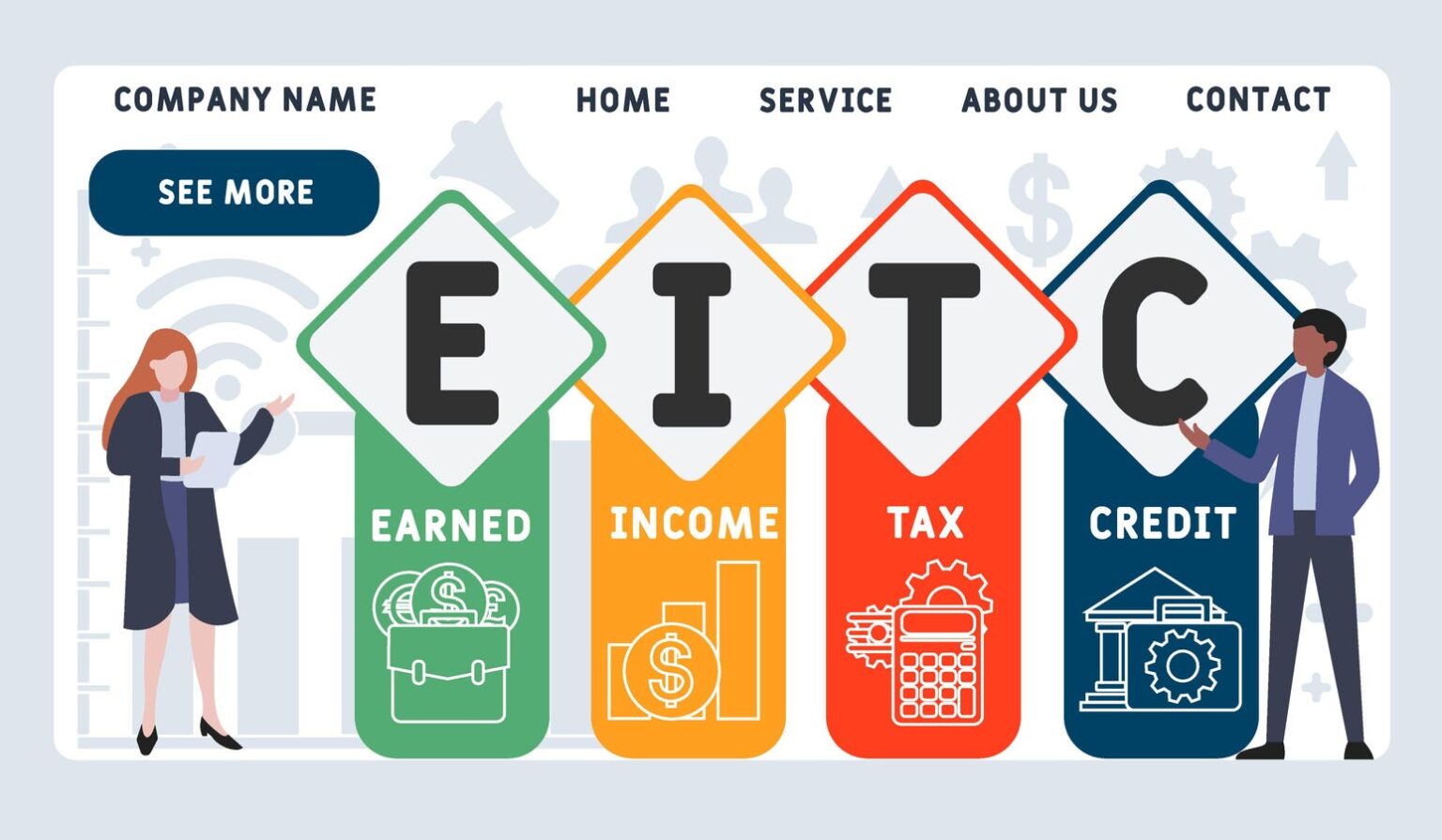The Senate’s version of President Trump’s favored massive tax and spending bill had looked to add something to the tax code’s Earned Income Tax Credit. The EITC has been a broadly popular measure for the past 50 years as a mechanism that helps low-income workers.
There are admitted problems with the program that can lead to a high percentage of incorrect filings. The Senate wanted to require pre-certification by the IRS each year. However, critics point to some issues this would create.
What The EITC Is
Taxes on low incomes, even if a relatively low percentage, can feel devastating because there is so little money to begin with. Under 2025 tax brackets, a $25,000 income would incur income tax of $2,761.50. Federal payroll taxes for those making less than $200,000 a year are 15.3%. The worker’s portion is 7.65%, so another $1,912.50 for a total of $4,674 in taxes, leaving the worker with $20,326.
The EITC is a refundable tax credit, which means people eligible for it can get a tax refund larger than what they pay in taxes. This is not a bug but an intentional feature to help low-income families.
As the Tax Foundation explains, the credit was enacted in 1975 to “offset income and payroll taxes for low-income workers” because they were paying out significant portions of their low incomes. The intent was to reduce poverty while promoting work, instead of offering a welfare check.
“Research indicates that the EITC has successfully promoted work over receipt of means-tested benefits,” wrote Scott Winship at the American Enterprise Institute.
Problems With The EITC
There are some significant problems with the EITC structure. The IRS says that about a third of EITC claims are paid in error. Some of the errors are “intentional disregard of the law.” Others — many, as tax experts have told me — are unintentional and the result of the law’s complexity.
Some of the common errors include claiming a child who doesn’t qualify (having children isn’t a requirement for the credit), more than one person claimed a child, Social Security numbers or last names don’t match, someone is married but filed as single head of household, and underreporting income or overreporting expenses.
According to the Tax Foundation, the EITC can distort people’s incentives, including a marriage penalty in which unmarried couples filing individually have lower taxes than married couples, disparities between workers with and without children, and even work disincentives in a phaseout stage in which higher incomes see lower payments.
In addition, there is criticism of the once-a-year approach of the EITC, as it leaves people sweating much of the time.
EITC Pre-Certification
The pre-certification proposal doesn’t address many criticisms of the program. As Alice Lin at Georgetown Law’s Center on Poverty and Inequality wrote, the bill would hold refunds for months for certain EITC taxpayers starting in 2026 if there was a competing claim for a child. (Back to one of the common error types, which often can be a misunderstanding of the rules and not an intentional dodge.)
Under a new pre-certification program in 2028, all EITC taxpayers would have to submit documents annually proving eligibility. “Moreover, this puts the timing of taxpayers’ refunds at the mercy of what other taxpayers did,” Lin wrote.
Janet Holtzblatt at the Tax Policy Center noted that the George W. Bush administration tried a pre-certification pilot that required third-party documentation. It was “far less efficient in stopping erroneous refunds than the IRS’s practice of freezing refunds and contacting people after they have filed a tax return with a suspicious-looking credit.” There were also “substantial burdens” that eligible claimants had to bear.
“The IRS determined that its current methods stopped more erroneous payments relative to the agency’s administrative costs,” Holtzblatt wrote. “Consequently, the IRS rejected precertification.”
Would it be better this time? Maybe, maybe not, but given that congressional Republicans are looking to cut funding to the IRS, how is the extra work supposed to get done? It probably isn’t, so perhaps the wise move is to avoid imposing a program on what has been an underfunded agency, and probably will be even more so, when something similar has been unsuccessfully tried before.
Read the full article here

